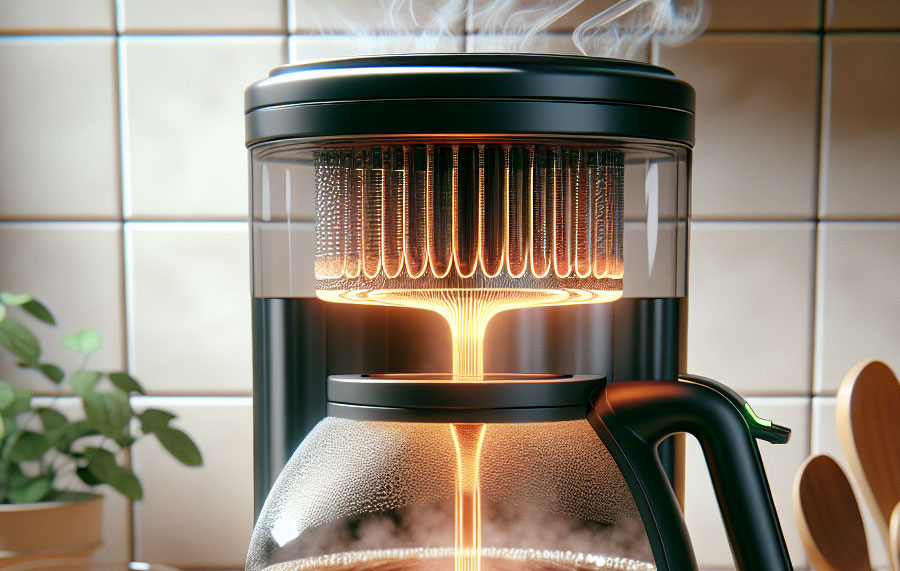
What is a Flow Through Heater?
Flow-through heaters, also known as on-demand heaters, are heating devices designed to heat fluids (such as water oil, or air) as they flow through the heating element. Instead of storing heated fluid in a tank, flow-through heaters heat the fluid directly as it passes through the heating element or chamber, providing instant and continuous heating.
Flow through heaters are widely used in various industries and applications due to their efficiency and ability to deliver on-demand heating.
